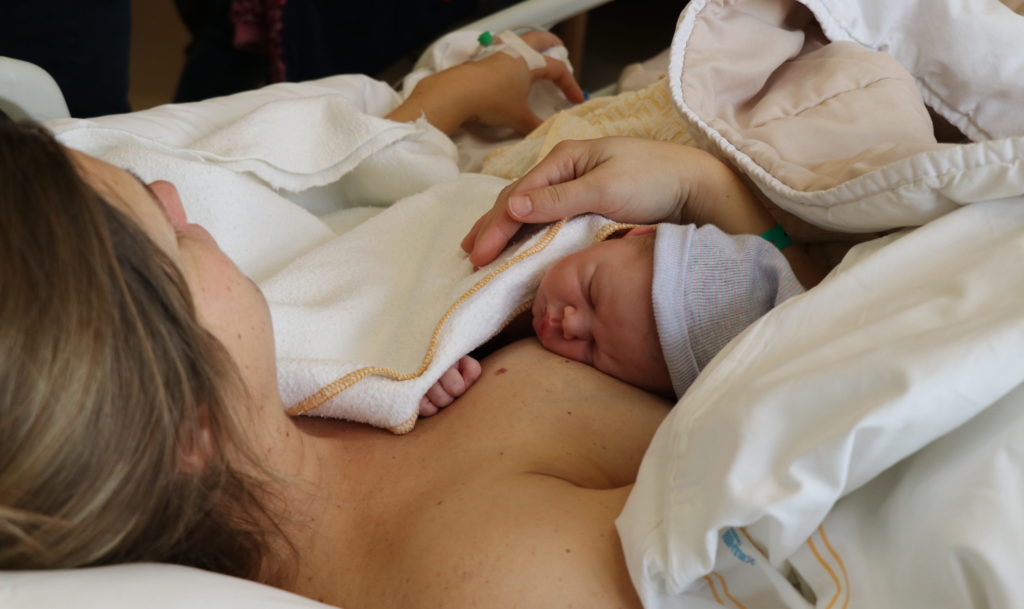
The labour ward is the only place in the hospital where, if all goes to plan, one patient walks in and two walk out (although one carries the other). It was here I was to spend a sunny August morning, watching an elective C-section on my second day of ScotGEM Year 2. It was also my first time seeing surgery from the providers side. I had been in once before as a patient, for an elective when I was younger. The time before that I was myself born via C-section, so today was very Circle of Life-esque.
I met the registrar obstetrician, a young doctor, incredibly calm. I was on the other end of the spectrum: I had heard of students fainting in theatre and I promised myself I wouldn’t follow suit, and so the mantra ‘don’t faint, don’t faint, think about anything other than fainting’ was doing the rounds in my head. I asked if he was as nervous as I was (he wasn’t) and ten minutes of nervous chat later I met the couple (also not nervous) who, if all went to plan would have a new member shortly. The reg joked that as this was their third C-section in five years they’d have enough for a 5-a-side team soon. I spent the next five minutes wondering if they would put the newborn up front or as rush keeper, before we went to scrub up for theatre.
I won’t go into excruciatingly graphic detail of what I saw, with one exception. In a C-section, once the skin and fat has been cut, and the rectus abdominus muscle is exposed, the surgeon will make a small cut into the linea alba (white line that separates your abs). The muscle isn’t cut all the way, as surgical cuts can take a long time to heal. Instead, a longitudinal tear is performed. As the obstetrician pulls up, the surgical assistant pulls down, and the muscle separates to what sound I can only describe as someone ripping a bedsheet. The amniotic sac is now exposed, and with a little cut the fluid gushes out, with a small patch of hair a-la baby’s head exposed. A little dance around the membrane and baby is free. The cord is clamped, cut, and baby is given a quick look over and washed, and is in their mam’s arms for skin-to-skin within two minutes of being born (this all happens incredibly quickly). It’s an incredibly surreal experience, being one of the first four people this person will see, even before their own mother sees them.
With the screen up and plastic sheeting around the operating area, I had to remind myself several times that there was a patient on the other end of the operation. It all felt very distant and removed; on the other hand if the surgeon winced every time they made an incision, they wouldn’t be able to do their job. All in all it was an incredible experience, although the following evening I had planned to make a lasagne, and now, two weeks later, the ingredients still sit there in my cupboard, unused. It may have put me off for life.
